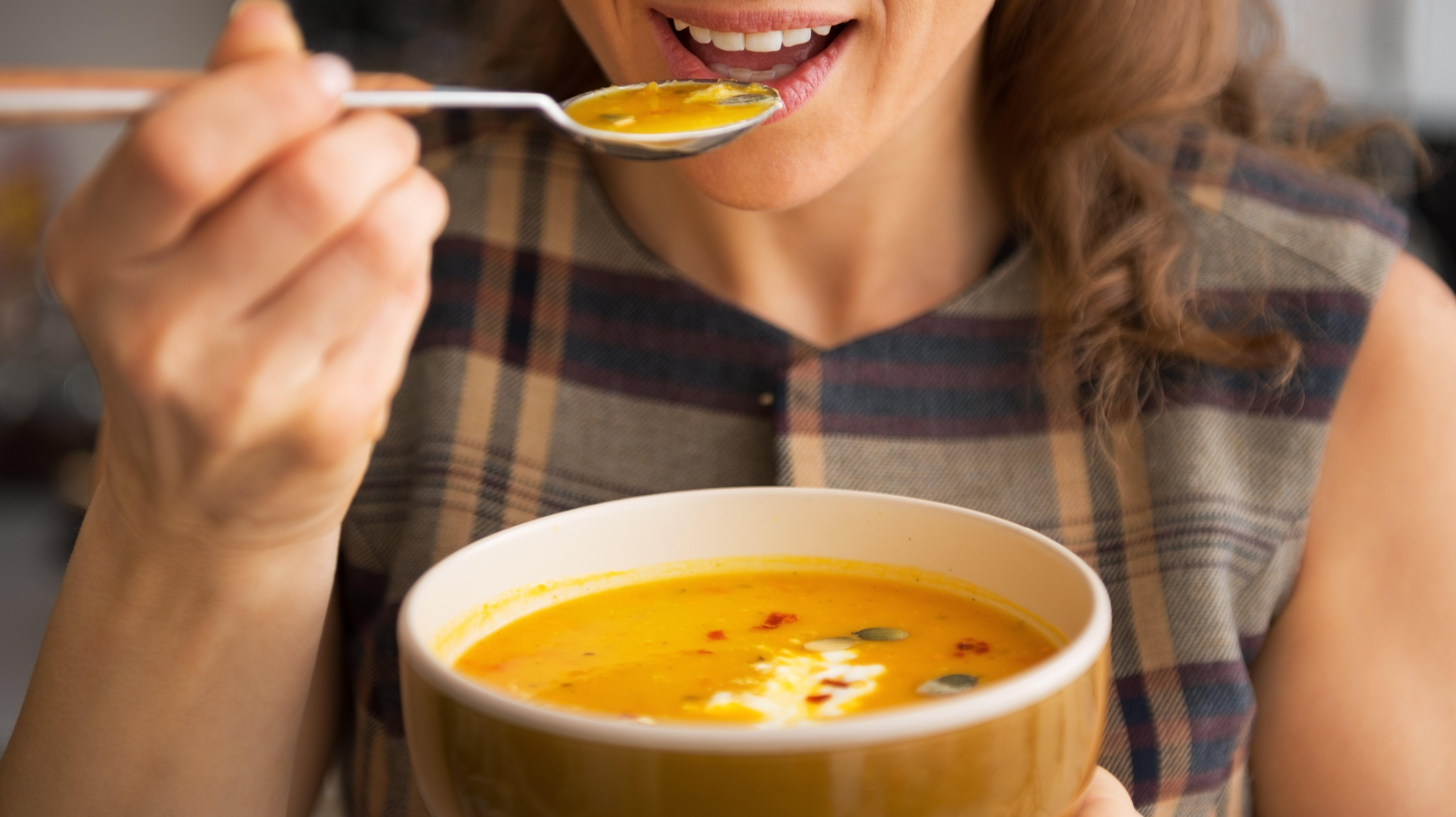Science Has Decoded Comfort Food
Comfort foods are chosen by our brains more than our taste buds.
When you think of your favorite food, what do you picture? For me, it's nachos. Yet even as I'm thinking about the delicious pile of toppings that can really make the platter pop, I'm also picturing cozying up with a big old plate of the things in front of my favorite movie, sharing them with friends. When I crave nachos, I'm not only craving the taste but also the warm and fuzzy emotions that have surrounded my past nacho-eating experiences. And some of the nachos have been objectively bad, with burnt cheese or too many jalapenos, but even so, the dish maintains its association with positive memories. The New York Times posits that this mental connection defines our favorite comfort foods, more so than the flavor does.
What makes a dish “comfort food”
There is some direct science behind the notion of "comfort food": eating anything at all triggers a release of opioid-based chemicals in the brain, and carbohydrates in particular increase serotonin levels. If you identify as someone with a sweet tooth, that simply means that you have stronger brain-reward responses to sugary foods.
But it's our association with memories that makes certain foods more comforting than others. Comfort foods are different in different cultures, The New York Times explains, because that association is with foods we were given by people who cared for us early in life. This is why foods typically associated with healing during sickness, like soup, are often seen as comfort foods. The meals that you're drawn to during times of emotional distress as an adult were actually determined by your parents or grandparents or whoever was feeding you as a child.
There's another sense that has a strong association to both memory and food: smell. We process smell in a part of the brain that connects directly to the parts of the brain that process emotions and handle memory, so the smell of a specific food can instantly trigger a comforting memory. If you enjoyed cinnamon rolls on a particularly pleasant day with your family, for instance, the smell of cinnamon rolls will quickly take you back to that feeling.
Of course, the flip side is also true: associations between food and memory can also lead to a list of "never again" foods that are associated with bad times. It's one of the reasons one bad experience with tequila may turn you off the stuff for life.
How brands are cashing in on nostalgia
Brands are, naturally, always hoping to capitalize on those positive mental associations. Earlier this month, Whole Foods declared "retro products" a trend to watch in 2023, and we've already seen some major brands hopping on board this year. McDonald's appealed to our inner child with the return of its Happy Meal Halloween Pails, White Castle has introduced an entire menu harkening back to 1921, and social media pages like @Snack_Memories serve as a reminder of all of our favorite snacks from a bygone era.
Some brands are even setting themselves up to cash in on future nostalgia by discontinuing beloved items, like Klondike's Choco Taco and McDonald's McRib. Testing the waters of how people emotionally respond to a product's demise can be a good indicator of how deep the memories of that item run. It's those positive memories that will push people to line up for the next chance to taste it.
